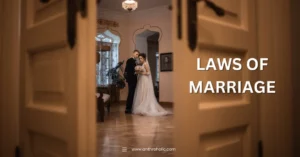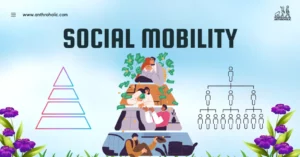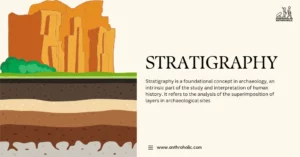AI Answer Evaluation Platform Live Now. Try Free Answer Evaluation Now
Concept of Folk and Lore (Folklore)
The terms “folk” and “lore” individually pertain to people and knowledge, respectively. However, when combined as “folklore”, they represent a rich cultural field of study filled with stories, myths, customs, and practices that have been passed down through generations [1]. Folklore, by this definition, is the traditional art, literature, knowledge, and cultural practices of a particular community.

Understanding Folklore
The Evolution of Folklore
The concept of folklore has evolved significantly since its inception. The term was first coined by William J. Thoms in 1846, who defined it as “the traditional beliefs, legends, customs, etc., of a people” [2].
- Pre-Modern Folklore: Before the advent of modern societies, oral tradition was the primary method of transferring knowledge. Folklore was passed down from one generation to another through storytelling, performances, and rituals.
- Modern Folklore: With the rise of print culture and digital media, folklore began to spread across regions and cultures, often getting modified in the process.
- Digital Folklore: In the 21st century, the internet has given birth to a new form of folklore. Memes, urban legends, and viral phenomena on the internet are contemporary examples of folklore.
Components of Folklore
Folklore encompasses a diverse range of elements that can be broadly categorized into [3]:
- Myths: Ancient stories about gods, heroes, and the origins and creation of a community or society.
- Legends: Semi-true stories, rooted in historical fact, that have been exaggerated over time.
- Folk Tales: Stories passed down through generations, often involving mythical creatures or moral lessons.
- Customs and Rituals: Traditions and practices that mark specific events or transitions in life.
- Superstitions: Beliefs or practices resulting from ignorance, fear of the unknown, or trust in magic or chance.
- Proverbs and Riddles: Traditional sayings expressing a common truth or piece of advice; puzzles or questions proposing a problem to be solved.
Role of Folklore in Society
Folklore serves various functions within a society. It often helps in [4]:
- Preserving Cultural Identity: Folklore is a storehouse of a community’s shared experiences, beliefs, and values. It plays a crucial role in preserving and reinforcing cultural identity.
- Social Cohesion: Folklore helps in creating a shared sense of belonging among community members, enhancing social cohesion and unity.
- Moral Education: Through the moral and ethical lessons embedded in folk tales and myths, folklore serves as a tool for moral education.
- Entertainment: Folklore, through its various forms like songs, dances, and stories, also provides entertainment.
Folklore Studies
Folklore studies emerged as a distinct academic discipline during the 19th century. Since then, the field has expanded to incorporate the analysis of texts, artifacts, and oral histories to explore the complex relationships between tradition and culture.
Methods in Folklore Studies
Various methods are used in folklore studies, including:
- Historical-Geographic Method: This method attempts to trace the origin and diffusion of folklore elements across space and time [5].
- Functionalism: Functionalism examines folklore within its social context and focuses on its role in the society.
- Structural Analysis: This method focuses on identifying patterns or structures within folklore and the meanings they represent.
Table 1: Examples of Folklore Studies
| Folklore Element | Study | Findings |
|---|---|---|
| Myth | Levi-Strauss’s structural analysis of myths | Identified common patterns and universal themes in myths across cultures |
| Folk Tale | Vladimir Propp’s Morphology of the Folk Tale | Identified a limited set of narrative structures in Russian fairy tales |
| Customs | Alan Dundes’s study of American folklore customs | Analyzed the underlying social and psychological functions of customs |
Conclusion
Folklore is a vibrant field that bridges the past with the present, providing us with a deeper understanding of human cultures. As the fabric of society continues to evolve, folklore also transforms, continually expanding the rich tapestry of human experience and expression.
References
[1] Dorson, R. M. (1972). Folklore and folklife: An introduction. University of Chicago Press.
[2] Thoms, W. J. (1846). Folklore. Athenaeum.
[3] Bascom, W. R. (1965). The forms of folklore: Prose narratives. Journal of American Folklore, 78(307), 3-20.
[4] Dundes, A. (1980). Interpreting Folklore. Indiana University Press.
[5] Thompson, S. (1951). The Historical-Geographical Method in Folklore and Folktales. Journal of the Folklore Institute, 1(1), 5-15.




